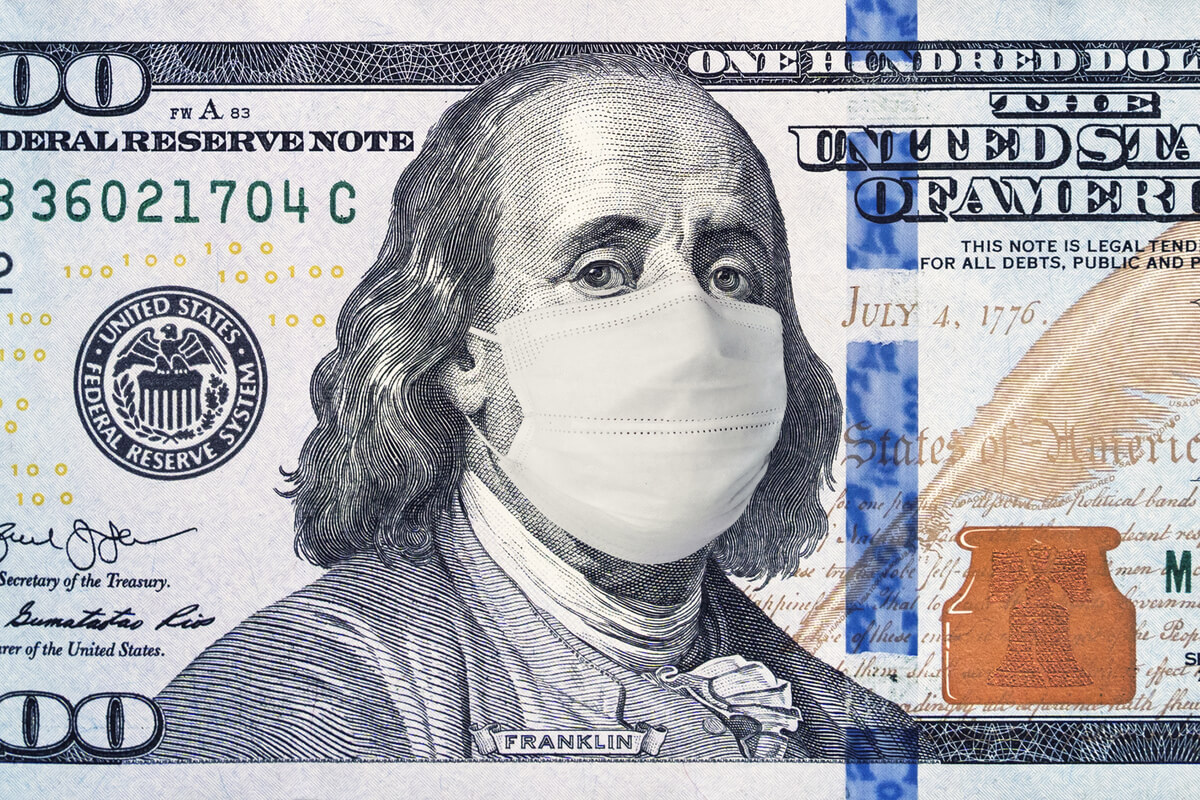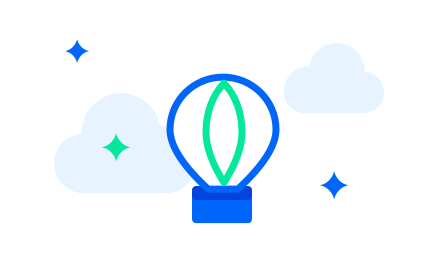Paycheck Protection Program Update: Everything You Need to Know
It’s been roughly a week and a half since the SBA began accepting applications from small businesses and sole proprietorships for the Paycheck Protection Program (PPP). While some small businesses have already received their funds, the majority are still waiting. But there is a light at the end of the tunnel. Here is what we’ve learned thus far:
The Preliminary Numbers Are Promising
Although it has only been less than 2 weeks since the program began, the early statistics are promising. Money is not flowing to many businesses yet, but the data from those who have received funding is encouraging. In fact:
There Are Concerns That the Money May Run Out
Experts agree that with most small businesses and sole proprietorships receiving the full amount of the loan that they applied for, there is a concern that funds will run out quicker. While the U.S. Chamber of Commerce is urging Congress to provide additional funding if the $350 billion runs out, those funds have not yet been approved. The PPP is currently a first come first served basis, so it is imperative to apply now.
As of Monday, April 13th , 880,000 applications had been approved for a total of $217 billion which equates to roughly 62% of allocated dollars.
The PPP Launch Was Messy
With guidelines being released late in the game and technical problems on the SBA’s portal, the rollout was chaotic and clunky. Financial institutions struggled to figure out the intricacies of the applications and were not adequately prepared for the sheer number of applications they received. This caused a lot of chaos and confusion the first few days after the application was live.
Self-Employed Individuals and Independent Contractors Began Applying Last Friday
Starting April 10, 2020, independent contractors and self-employed individuals were eligible to apply for the Paycheck Protection Program. One of the most important things to note is that while small businesses and sole proprietorships must provide payroll expenses on their applications, self-employed individuals and independent contractors must show income. Some of the important documents for them to gather are completed 2019 tax returns, any 1099 forms, and bank statements.
Loan Forgiveness
Make sure to have a good understanding of the CARES Act and the PPP. The SBA has stated that up to 100% of the loan may be forgiven if certain criteria are met. They include:
- The loan proceeds are used to cover payroll costs, and most mortgage interest, rent, and utility costs over the 8-week period after the loan is made; and
- Employee and compensation levels are maintained.
- At least 75% of the forgiven PPP loan amount must have been used for payroll.
SBG Funding will continue to provide updated information and report any new developments on the Paycheck Protection Program and the Economic Injury Disaster loans as soon as it become available to us. For more information on how SBG Funding can help your business during these unprecedented times, visit our website to learn about the Paycheck Protection Program (PPP) or click here to apply now.

